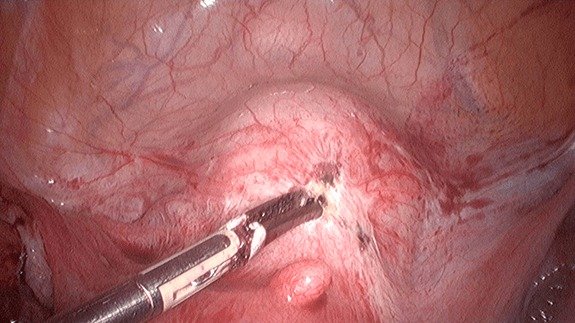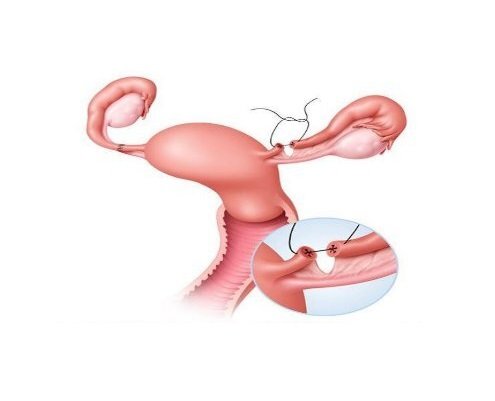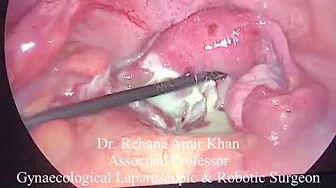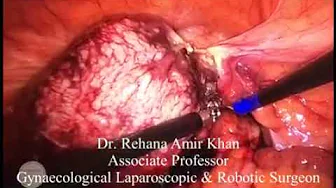Laparoscopic Tubal Anastomosis

LAPAROSCOPIC TUBAL ANASTOMOSIS
Consult the Best Gynecological Laparoscopic Surgeon in Lahore.
With years of experience in Gynecology, we are here to help
Our Specialist Gynecological Laparoscopic surgeons are specialized in all kinds of:
Are you regretting after Tubal Sterilization?
There is still hope;
Go for Laparoscopic Tubal Anastomosis, A Tubal Ligation Reversal Procedure
Contraceptive measures can be roughly divided into temporary contraceptives and permanent contraceptives. Temporary contraception is only effective until the individual takes these measures. On the other hand, permanent contraception offers a long-term solution to the problem of contraception. Tubal ligation is one of permanent way of contraception for females. This is a surgical procedure that involves closing the passage through the fallopian tube (by cutting or pinching it) to achieve permanent sterility.
What is the purpose of Laparoscopic Tubal Anastomosis?
Although tubal ligation is performed to achieve permanent infertility, in some cases the process can be reversed. Sometimes, women may regret their decision to undergo tubal ligation and request reversal surgery to have another child.
Through Laparoscopic Tubal Anastomosis it can be reversed. By surgically reconnecting or reopening the fallopian tubes. Endoscopic tubal anastomosis requires a skilled laparoscopic surgeon. Furthermore, success of the procedure depends upon method of tubal ligation and available length of tube
LAPAROSCOPIC TUBAL ANASTOMOSIS
Why do women choose laparoscopic tubal anastomosis?
Women opt for tubal ligation as a permanent solution to contraception. These women usually have children and do not want to get pregnant again. In some cases, however, women who have had tubal ligation may wish to have it reversed.
Here are some possible situations in which women may consider laparoscopic tubal anastomosis:
Major life changes, such as the death of a spouse or child, divorce, and remarriage, can make women opt for laparoscopic salpingectomy.

Women may not have properly considered the full effects of tubal ligation before deciding to undergo irreversible surgery.
A woman may not decide to resort to permanent contraception of her own free will. Stress from family members may have contributed to the initial decision to undergo tubal ligation.
Women may experience remorse if they choose tubal ligation to deal with other issues, such as financial, marital, physical, unemployment, or mental issues.
LAPAROSCOPIC TUBAL ANASTOMOSIS
Laparoscopic Tubal Anastomosis Procedure
Laparoscopic tubal anastomosis is a difficult operation that requires good surgical skills. The surgery is usually performed under general anesthesia and can take one to three hours to complete. The endoscopic tubal anastomosis may require small incision of 5mm. Recovery after surgery is quick, and patients may stay in the hospital for less than 24 hours.
Laparoscopic surgery:
Laparoscopic surgery involves inserting a laparoscope through a small incision into the abdominal cavity. Microsurgical instruments are also passed through this small incision and microsurgery is performed with the help of a camera in the laparoscope.
Robot-Assisted Surgery:
The laparoscopic tubal anastomosis can also be performed with the help of a robotic arm controlled by the surgeon using a remote control.
Fallpion Tubal anastomosis:
The cut ends of the fallopian tubes are aligned with the stent passing through them. These ends are then sewn together. The stent is removed after anastomosis or engagement.
Tubulin transplantation:
In this method, a new opening is created in the uterus and the healthy part of the fallopian tube (usually the distal end) is attached to the opening.
LAPAROSCOPIC TUBAL ANASTOMOSIS
Consult a doctor online now!
Ampullary salpingostomy
This method is used when tubal ligation is performed by removing the pentagonal portion of the fallopian tube.
Laparoscopic Tubal Surgery Risks
Risks involve in laparoscopic tubal surgery are rare and are
Is Laparoscopic Tubal Anastomosis Worthy?
Although tubal ligation is considered an irreversible procedure, surgical reversal of tubal ligation has a high success rate. The chance of success in an individual situation depends on the following factors. If pregnancy is not successful even after laparoscopic tubal anastomosis, women may opt for in vitro fertilization as a last resort.
Fallopian Tube Length
Tubal ligation surgery may involve cutting the fallopian tubes. This ensures that the sperm and egg do not meet for fertilization. For laparoscopic tubal anastomosis, the cut end of the fallopian tube is reattached to allow for fertilization. However, the chances of a successful pregnancy after laparoscopic salpingostomy depend on the length of the reconnected fallopian tubes. The shorter the restored fallopian tube length, the lower the chance of another pregnancy.
Tubal ligation
The chances of a successful pregnancy after laparoscopic salpingostomy also depend on the type of method used to perform the tubal ligation procedure. The less damage to the fallopian tubes during ligation, the higher the chance of pregnancy after laparoscopic salpingectomy. For example, a ligation procedure that involves cutting the tube to prevent the passage of sperm has a better chance of successful reversal than a procedure that involves cutting, burning, or removing most of the fallopian tube.
Diameter of reconnected fallopian tubes
If the ends of the cut fallopian tubes are the same diameter, the chances of a successful pregnancy after laparoscopic salpingectomy are good. This aids in the correct union of the limbs and reduces the chance of an ectopic pregnancy.
Woman's age
The success rate of laparoscopic salpingostomy in younger women is higher than in older women (over 38 years).
Other organ’s health
Successful pregnancy outcomes after laparoscopic salpingostomy also depend on the health of the ovaries and other pelvic organs.




